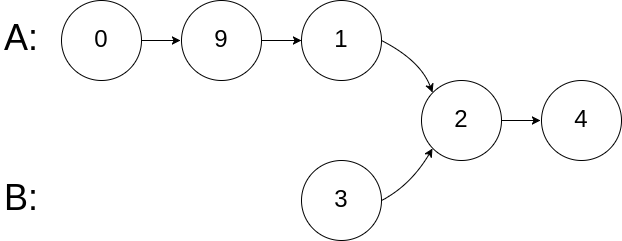A linked list is given such that each node contains an additional random pointer which could point to any node in the list or null.
Return a deep copy of the list.
The Linked List is represented in the input/output as a list of
n nodes. Each node is represented as a pair of [val, random_index] where:val: an integer representingNode.valrandom_index: the index of the node (range from0ton-1) where random pointer points to, ornullif it does not point to any node.
Example 1:

Input: head = [[7,null],[13,0],[11,4],[10,2],[1,0]] Output: [[7,null],[13,0],[11,4],[10,2],[1,0]]
Example 2:

Input: head = [[1,1],[2,1]] Output: [[1,1],[2,1]]
Example 3:

Input: head = [[3,null],[3,0],[3,null]] Output: [[3,null],[3,0],[3,null]]
Example 4:
Input: head = [] Output: [] Explanation: Given linked list is empty (null pointer), so return null.
Constraints:
-10000 <= Node.val <= 10000Node.randomis null or pointing to a node in the linked list.- Number of Nodes will not exceed 1000
"""
# Definition for a Node.
class Node:
def __init__(self, x: int, next: 'Node' = None, random: 'Node' = None):
self.val = int(x)
self.next = next
self.random = random
"""
class Solution:
def copyRandomList(self,head):
if not head:
return head
ptr = head
while ptr:
new_node = Node(ptr.val,None,None)
new_node.next = ptr.next
ptr.next = new_node
ptr = new_node.next
ptr = head
while ptr:
new_node = ptr.next
new_node.random = ptr.random.next if ptr.random else None
ptr = new_node.next
old_ptr = head
new_ptr = head.next
final_ptr = head.next
while old_ptr:
old_ptr.next = old_ptr.next.next if old_ptr.next else None
new_ptr.next = new_ptr.next.next if new_ptr.next else None
old_ptr = old_ptr.next
new_ptr = new_ptr.next
return final_ptr
Time Complexity : O(n)
Space Complexity :O(1)



